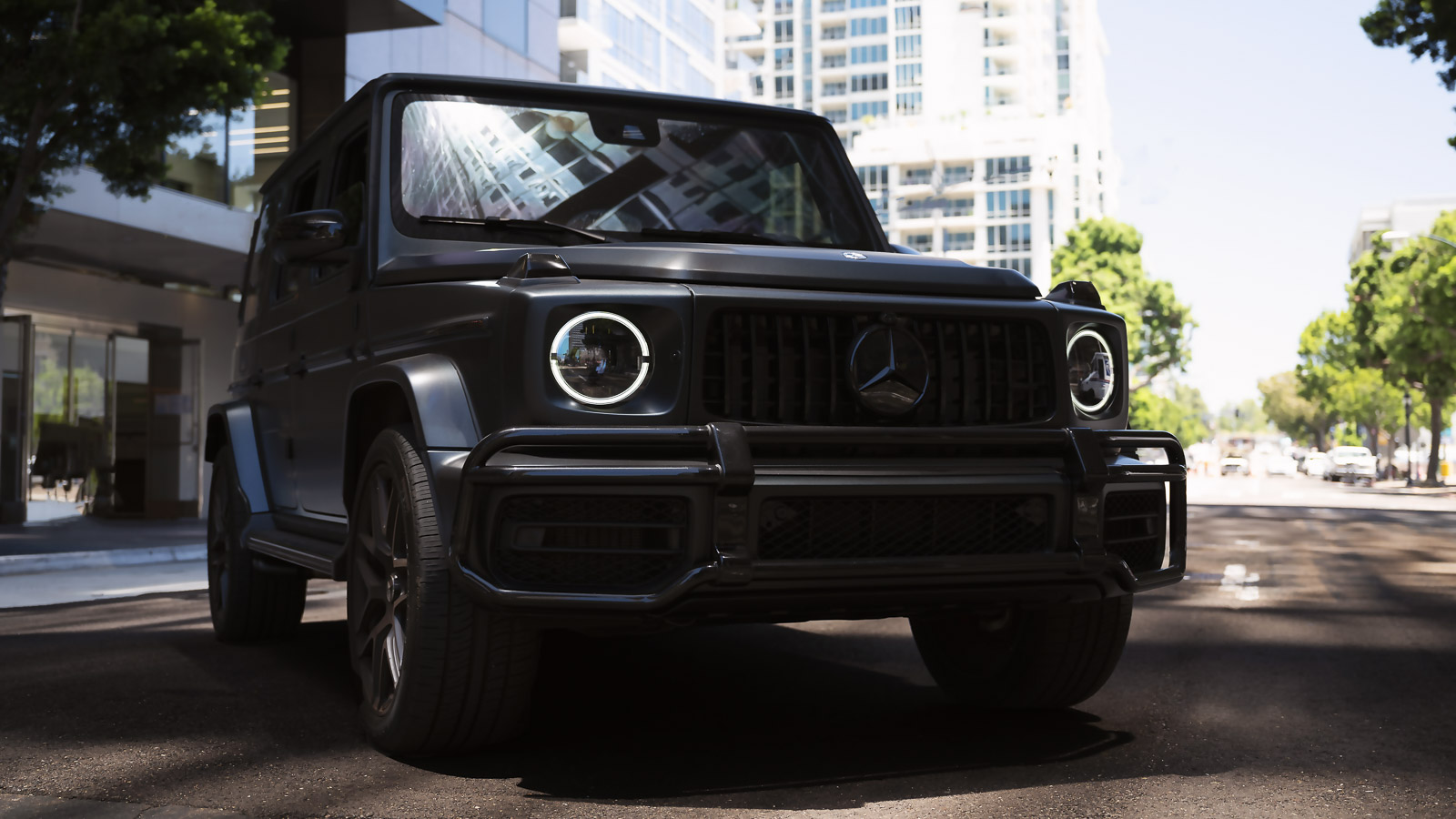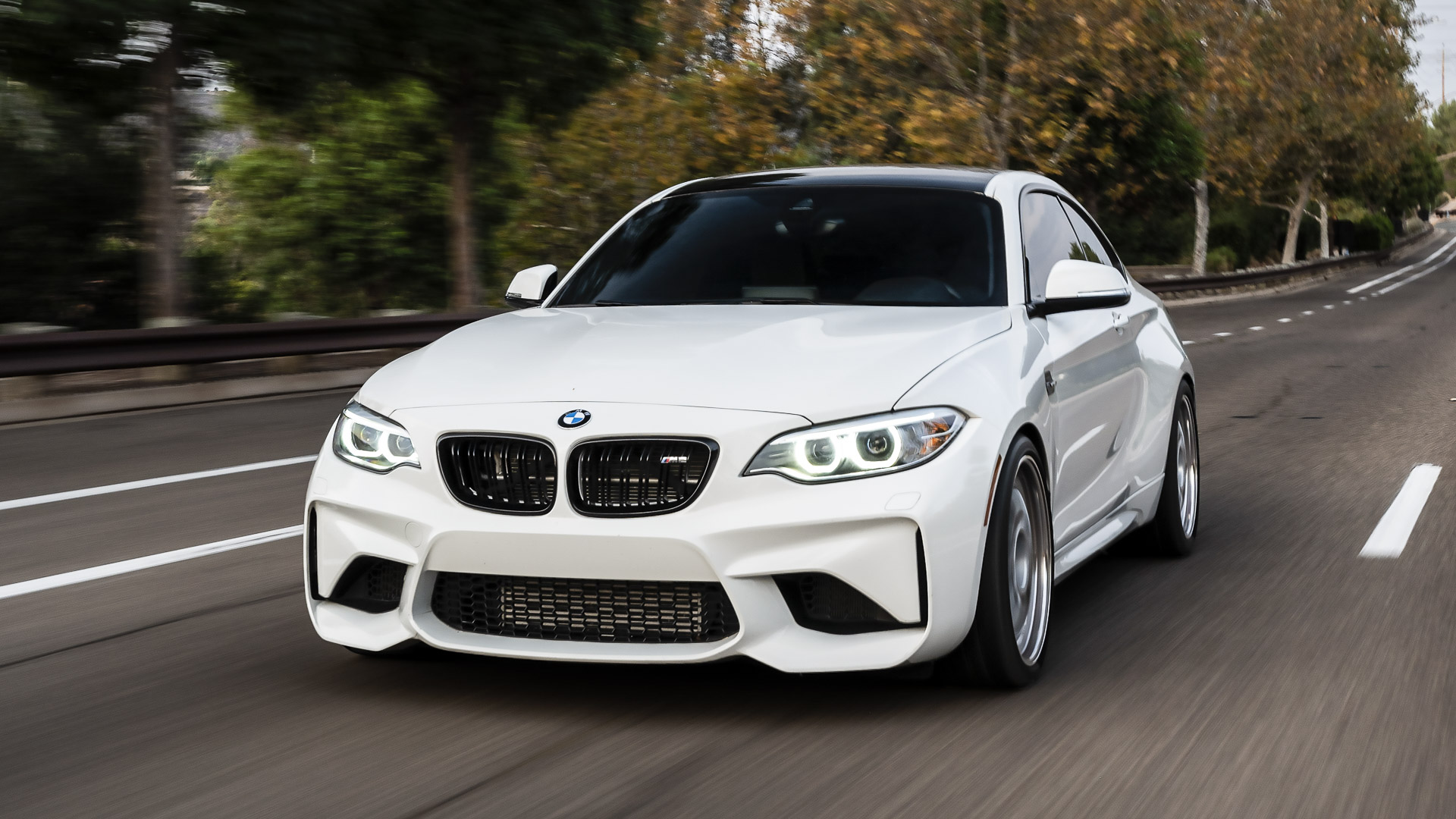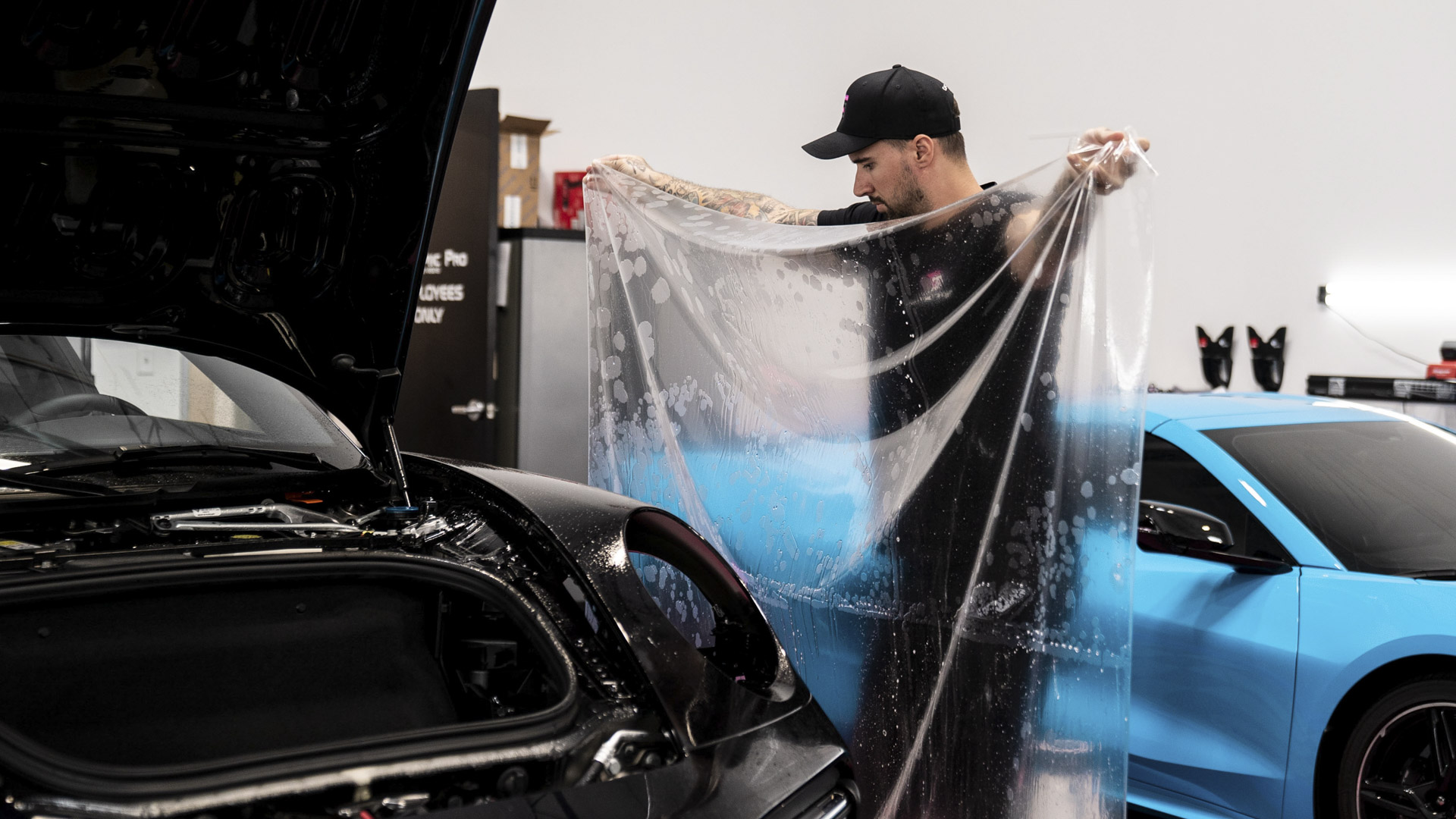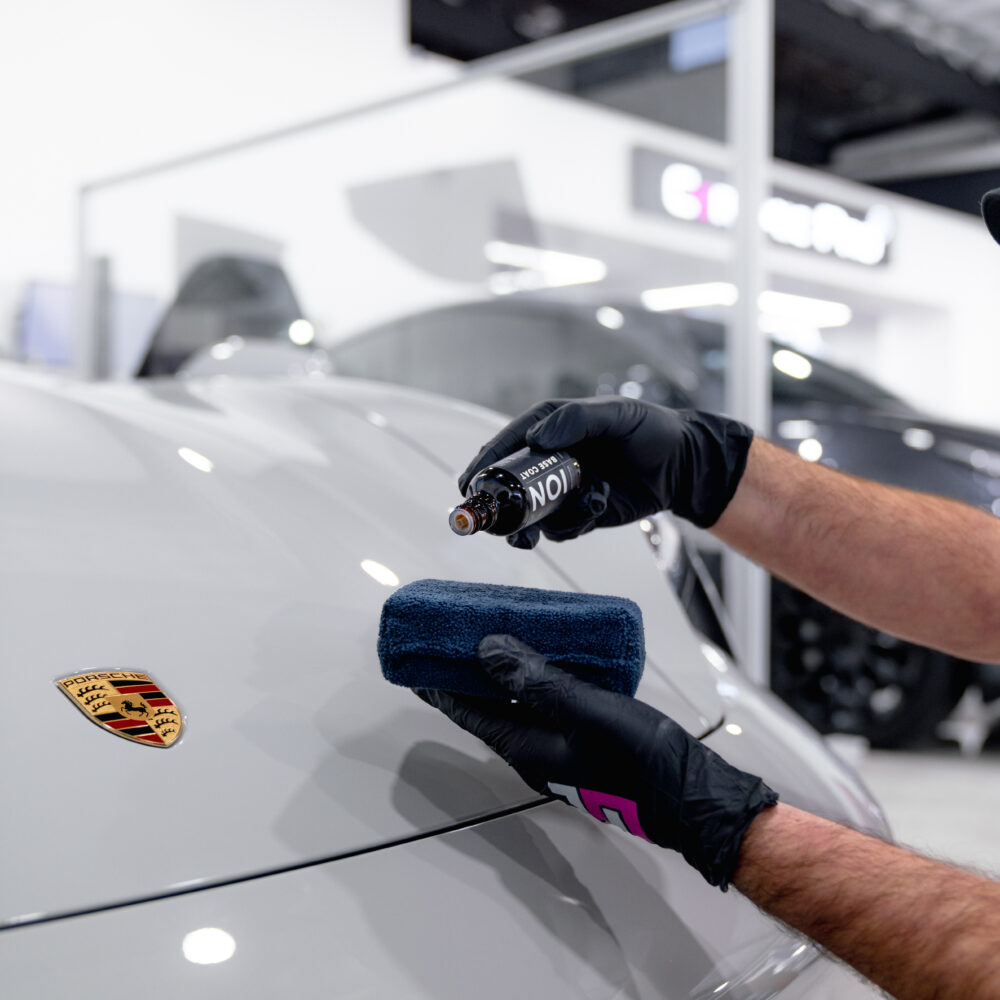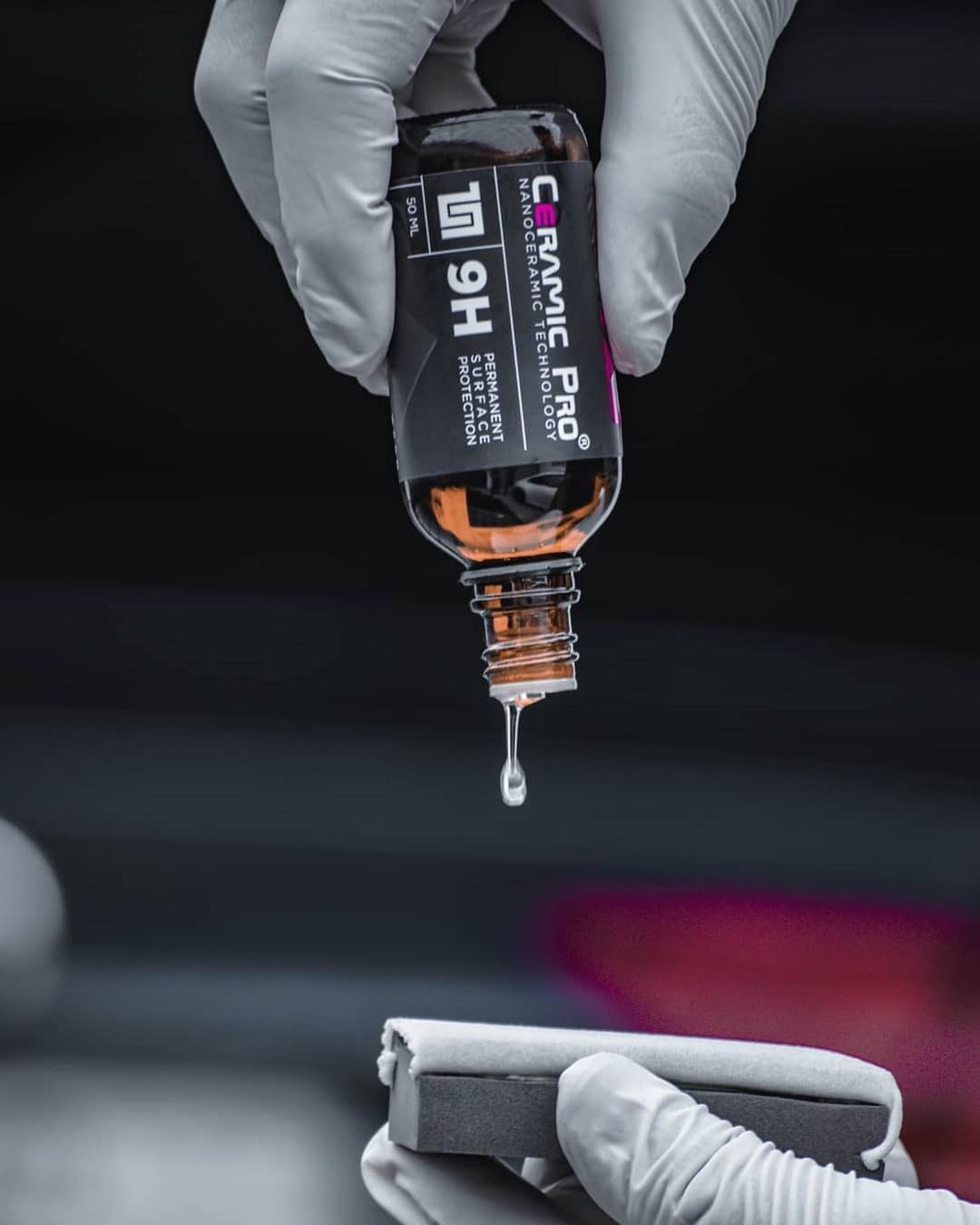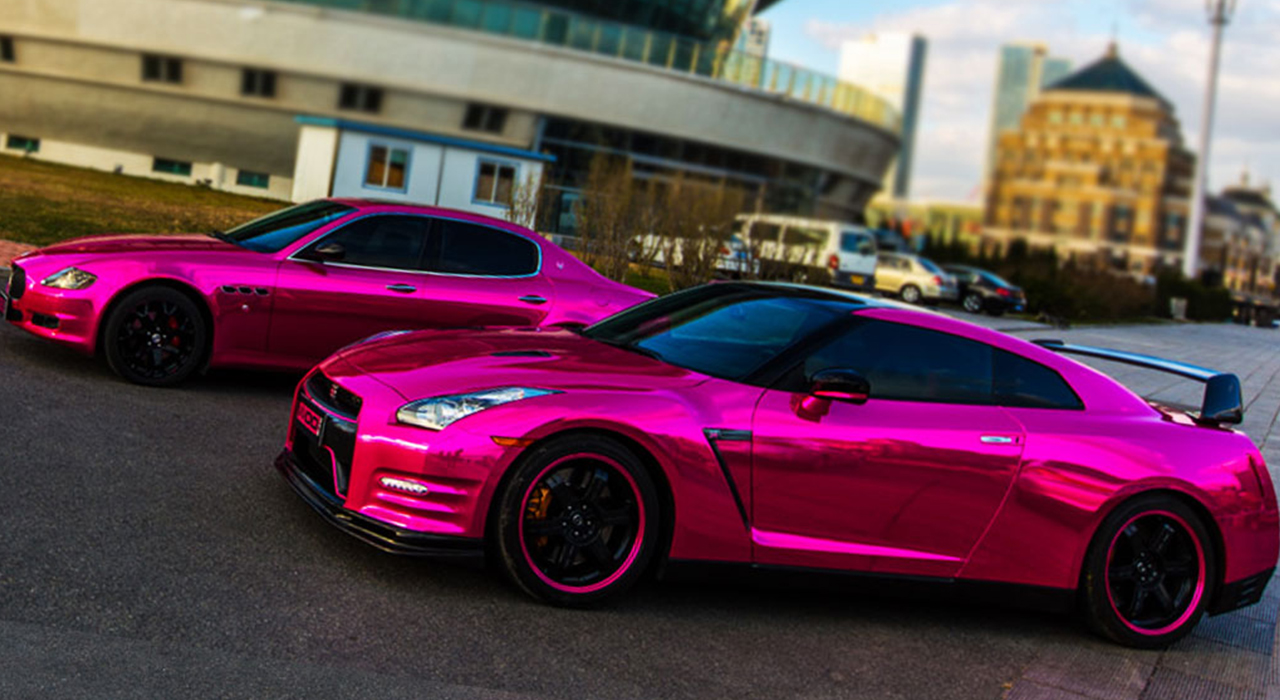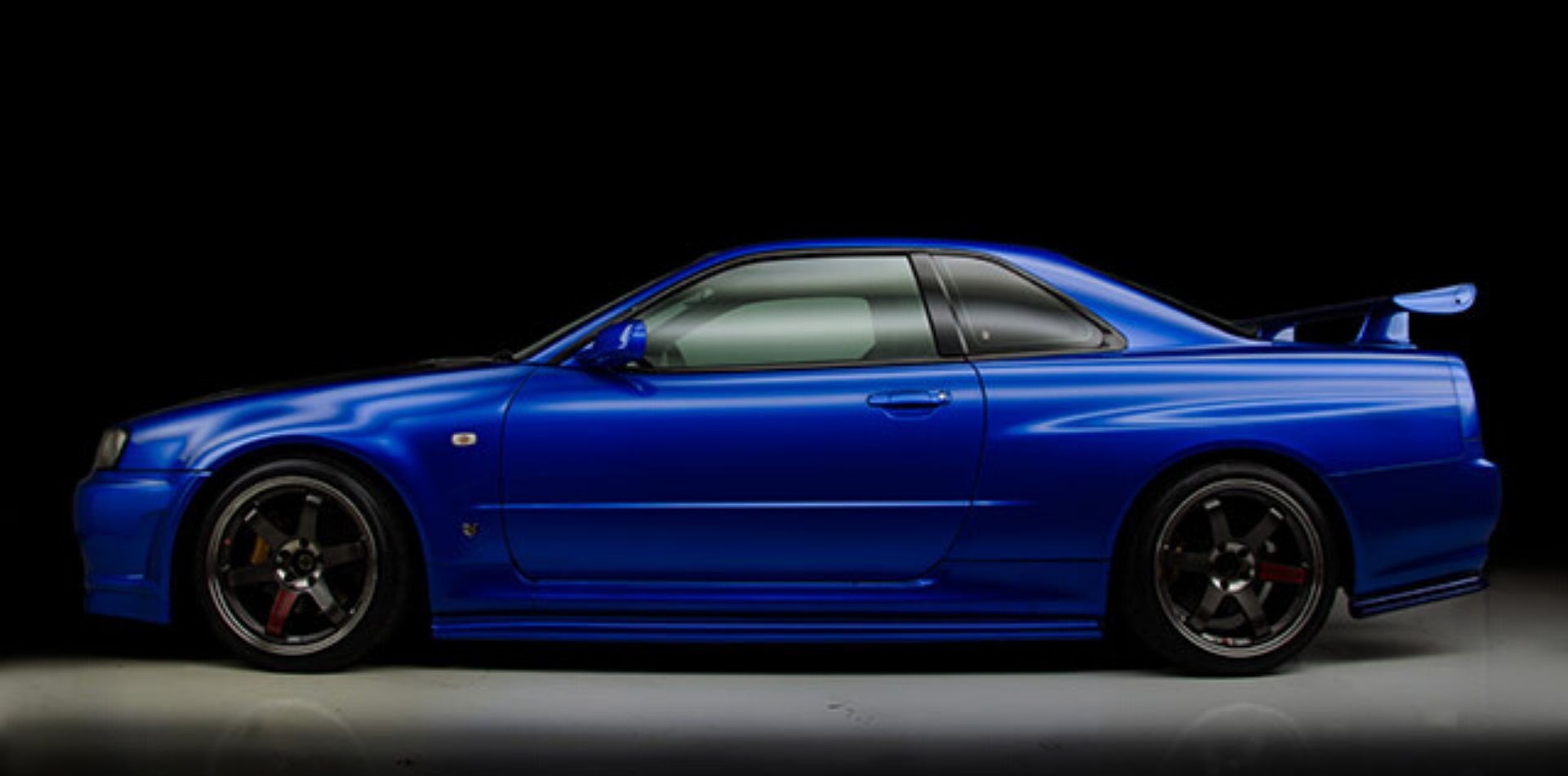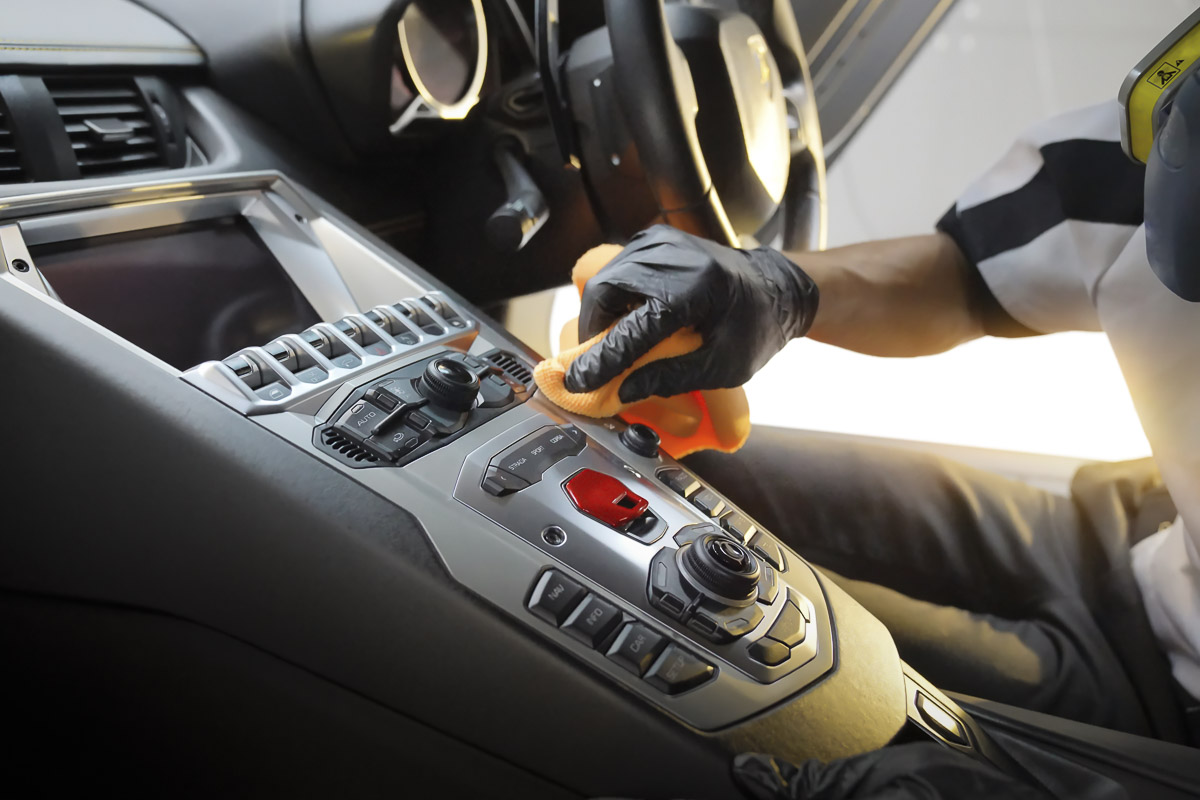How Ceramic Coatings Help Reduce the Wear and Tear on Your Vehicle’s Exterior: The Ultimate Protection by Ceramic Pro Hyderabad

Maintaining the exterior of your vehicle is essential to preserving its appearance and value. The exterior paint of your car is constantly exposed to harsh environmental conditions, including the sun’s UV rays, road debris, bird droppings, tree sap, water spots, and countless other pollutants. Over time, these elements contribute to the wear and tear of your car’s paint, leading to fading, scratches, and surface damage. Fortunately, there’s a solution that can protect your car’s exterior from these harmful factors and significantly reduce the need for frequent maintenance. Ceramic Pro Hyderabad offers cutting-edge ceramic coating technology that creates a protective barrier for your car’s paint, helping to minimize wear and tear.
In this blog post, we will explore how Ceramic Pro Hyderabad’s ceramic coatings can help reduce the wear and tear on your vehicle’s exterior, saving you time, money, and effort while ensuring that your car retains its showroom shine and durability for years.
What is Ceramic Coating?
Before we delve into the ways ceramic coatings reduce wear and tear, it’s important to understand what ceramic coating is and how it works. Ceramic Pro Hyderabad provides a high-quality liquid polymer coating that is applied to your vehicle’s exterior. When applied, the coating chemically bonds with the paint surface, forming a durable, transparent layer. This protective layer acts as a shield, guarding your car’s paint from damage caused by environmental contaminants, UV rays, water, and other harmful substances.
The ceramic coating creates a hydrophobic surface, which repels water and prevents dirt and other contaminants from sticking to the surface. This means your car will be easier to clean and will maintain its glossy finish without the need for frequent washing, waxing, or detailing. At Ceramic Pro Hyderabad, we use advanced ceramic coating products that offer long-lasting protection, ensuring that your vehicle remains protected for extended periods.
Protection Against Scratches and Swirl Marks
One of the most common forms of exterior wear and tear on vehicles is scratches and swirl marks. These imperfections can be caused by a variety of factors, such as contact with road debris, washing the car with dirty sponges or towels, or even dust particles that cause micro-abrasions on the paint’s surface. Over time, these small scratches and swirl marks can accumulate, diminishing the appearance of your car’s exterior.
Ceramic Pro Hyderabad’s ceramic coatings help reduce the likelihood of scratches and swirl marks by creating a smoother surface. The hydrophobic properties of the coating ensure that dirt and debris are less likely to adhere to your vehicle’s surface. Even when dust or dirt makes contact with the paint, the smoothness of the coating makes it more difficult for particles to create scratches.
Moreover, the protective layer provided by the ceramic coating adds an extra level of resistance to abrasion. While it won’t make your car completely scratch-proof, it certainly minimizes the potential for damage from everyday interactions with environmental elements. This helps keep your car looking flawless for much longer and reduces the need for costly paint corrections or touch-ups.
UV Protection and Prevention of Fading
The sun’s UV rays are one of the most significant contributors to the degradation of a vehicle’s paint over time. Prolonged exposure to UV radiation can cause the paint to fade, lose its vibrancy, and develop a dull, chalky appearance. This is especially noticeable in regions like Hyderabad, where the sun can be intense, making UV protection crucial for preserving the car’s exterior.
Ceramic Pro Hyderabad’s ceramic coating offers effective UV protection by creating a protective shield that absorbs and reflects UV rays. The coating prevents the sun’s harmful rays from penetrating the paint, which helps to keep your car’s color intact and prevents fading. With the ceramic coating in place, your car’s exterior will retain its glossy, vibrant appearance for much longer, even under harsh sunlight.
In addition to preventing fading, the UV protection provided by ceramic coatings also helps reduce the risk of paint oxidation. Oxidation occurs when the paint is exposed to oxygen and sunlight over an extended period, leading to a dull, faded finish. The ceramic coating prevents oxidation, keeping your car’s paint looking fresh and new for years to come.
Resistance to Environmental Contaminants
Your vehicle’s exterior is constantly exposed to environmental contaminants, such as bird droppings, tree sap, bug splatter, road salts, and industrial fallout. These contaminants can be highly damaging to your car’s paint if left untreated. For instance, bird droppings are acidic and can cause the paint to eat away at the clear coat if not removed quickly. Similarly, tree sap can create stubborn stains that are difficult to clean and may lead to permanent damage if left on the surface for too long.
Ceramic Pro Hyderabad’s ceramic coating acts as a protective barrier against these contaminants. The hydrophobic properties of the coating ensure that dirt, tree sap, bird droppings, and other harmful substances are less likely to stick to your vehicle’s surface. When contaminants do come into contact with the car, they are easily washed off, minimizing the risk of permanent damage to the paint.
By preventing contaminants from bonding with the surface, ceramic coating also makes it easier to clean your car. With regular washing, you can remove dirt, grime, and other substances without worrying about causing scratches or other damage to the paint. This means your car will stay cleaner for longer, reducing the need for frequent detailing or professional cleaning services.
Protection from Road Salts and Pollutants
If you live in an area where road salts are used in the winter months or frequently drive on dirty, polluted roads, your car’s paint is at risk of damage from these harmful substances. Road salts, in particular, can cause corrosion and rusting if they come into contact with the surface of your car over time. Pollutants, such as industrial fallout, can also lead to the deterioration of your car’s paint if left unprotected.
Ceramic Pro Hyderabad’s ceramic coating provides a protective layer that prevents road salts and pollutants from sticking to your car’s surface. The coating forms a barrier that makes it easier to clean off these substances before they cause any lasting damage. As a result, your car will be less prone to rust and corrosion, even when exposed to road salts or polluted environments.
This added layer of protection helps preserve your car’s exterior, ensuring that it remains in top condition even in challenging driving conditions. Whether you’re dealing with winter road salts or urban pollution, Ceramic Pro Hyderabad’s ceramic coating provides an extra level of defense for your vehicle.
Water Spot Prevention
Water spots are a common issue for car owners, particularly in areas with hard water. Water droplets that dry on the surface of your car can leave behind mineral deposits, creating unsightly spots that can be difficult to remove. Over time, these spots can damage the paint and contribute to the overall wear and tear on your car’s exterior.
Ceramic Pro Hyderabad’s ceramic coating prevents water spots by creating a hydrophobic surface that repels water. When it rains or when you wash your car, the water beads up and rolls off the surface, carrying dirt and contaminants with it. This means that water droplets are less likely to dry on your car’s surface, reducing the risk of water spots and preserving the appearance of your vehicle.
By preventing water spots, the ceramic coating makes cleaning your car easier and more efficient. You won’t need to worry about constantly polishing or detailing your vehicle to remove these spots, saving you both time and money.
Increased Durability and Longevity of Your Vehicle’s Exterior
One of the most significant advantages of ceramic coatings is their ability to enhance the durability and longevity of your car’s exterior. The protective layer formed by the ceramic coating makes your vehicle more resilient to the harsh elements, reducing the wear and tear caused by everyday exposure to environmental factors.
The long-lasting protection provided by ceramic coatings means that your vehicle’s paint will remain in excellent condition for years. This reduces the need for frequent touch-ups, paint corrections, or repainting services. As a result, you’ll save money on maintenance and repairs, while also preserving the resale value of your car.
Reduced Maintenance Time and Costs
Regular maintenance, such as washing, waxing, and detailing, can be time-consuming and expensive. With Ceramic Pro Hyderabad’s ceramic coating, the frequency of these maintenance tasks is significantly reduced. Since the coating makes your car easier to clean, you won’t need to spend as much time or money on car washes or detailing services. The coating’s long-lasting protection also means that you won’t have to worry about frequent waxing or polishing, further reducing your maintenance costs.
By investing in Ceramic Pro Hyderabad’s ceramic coating, you’re not only protecting your vehicle from wear and tear but also saving valuable time and money on maintenance. The coating provides an efficient and cost-effective solution for keeping your car in top condition with minimal effort.
Conclusion: Long-Term Protection with Ceramic Pro Hyderabad
In conclusion, Ceramic Pro Hyderabad’s ceramic coatings offer a comprehensive solution to reduce the wear and tear on your vehicle’s exterior. By providing enhanced protection against scratches, UV damage, environmental contaminants, water spots, and road pollutants, ceramic coatings help preserve your car’s paint and maintain its appearance for years to come.
Whether you’re looking to protect your car from daily exposure to the elements or simply want to reduce the need for frequent maintenance, Ceramic Pro Hyderabad provides the ultimate protection for your vehicle. The durable, hydrophobic layer created by the ceramic coating makes it easier to clean and maintain your car, while also reducing the likelihood of damage caused by environmental factors.
FAQ
Most frequent questions and answers
Yes, ceramic coatings create a non-porous barrier that prevents moisture and road salts from reaching the metal surface, reducing the risk of rust and corrosion.
It helps reduce minor scratches, swirl marks, water spots, bird droppings, tree sap, UV fading, and chemical stains, all of which contribute to long-term wear and tear.
Absolutely. The UV-blocking properties of Ceramic Pro coating protect against paint oxidation and fading caused by prolonged sun exposure, common in Hyderabad.
While not permanent, high-quality ceramic coatings like Ceramic Pro can last several years and dramatically reduce wear, extending your car’s lifespan with proper maintenance.
Definitely. Ceramic Pro Hyderabad’s coatings are especially beneficial for cars exposed to dust, pollution, and road grime, keeping them cleaner and reducing surface damage.





